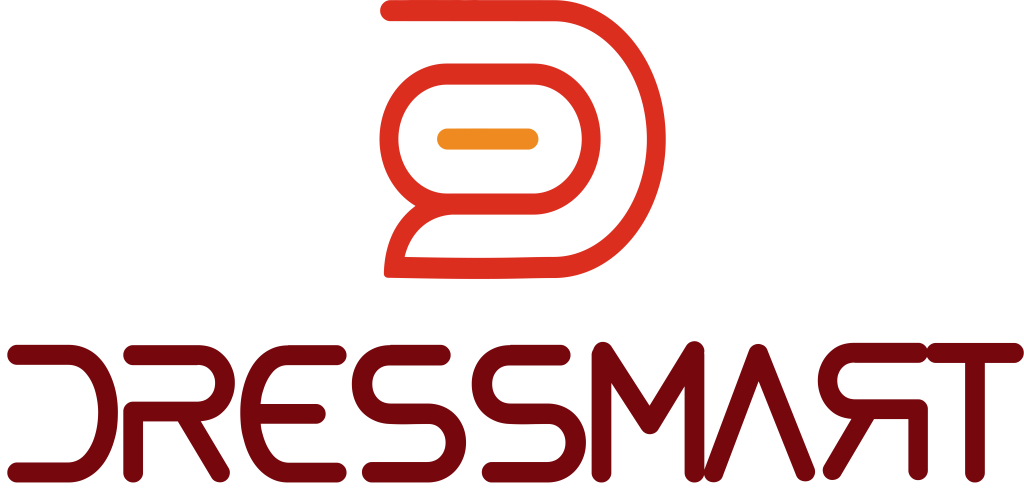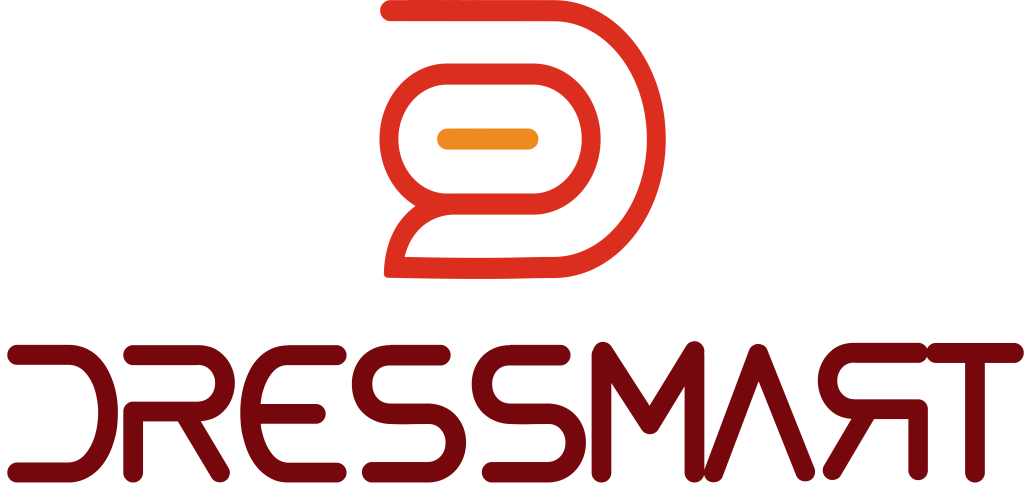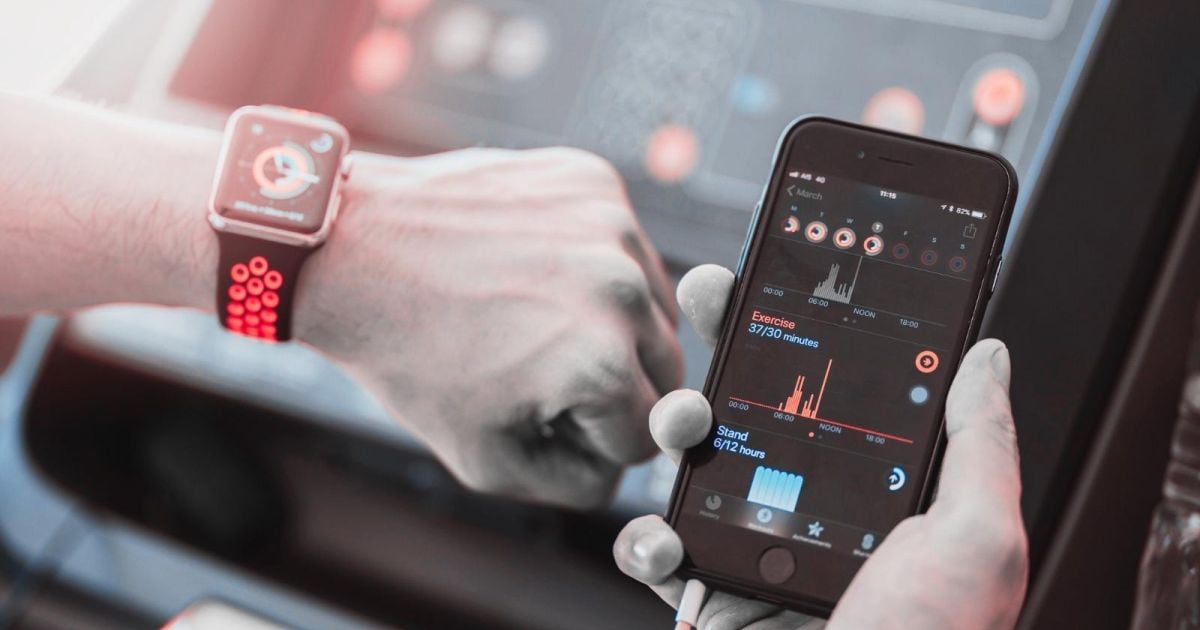Achieving fitness goals requires more than just exercising regularly. A truly effective fitness journey involves personalized workout optimization, which tailors training programs based on an individual’s muscle activity, physical condition, and fitness objectives. With the integration of advanced wearable technology, such as smart sportswear embedded with biometric sensors, individuals can now track their performance in real time and make data-driven adjustments to their training routines. This approach enhances efficiency, reduces the risk of injury, and ensures long-term progress.
Personalized Workout Plan
A personalized workout plan is designed to meet an individual’s unique fitness needs, goals, and physical capabilities. Unlike generic workout programs, a customized approach takes into account factors such as muscle engagement, movement patterns, and recovery time to create a structured exercise routine that maximizes results.
Key Elements of a Personalized Workout Plan:
- Muscle Activity Tracking – Using smart wearables, users can monitor muscle activation levels and optimize exercises accordingly.
- Strength and Endurance Balance – Tailoring workouts to focus on both muscular strength and endurance ensures comprehensive fitness improvement.
- Progressive Overload Adjustments – Gradually increasing resistance and intensity to avoid plateaus and continue progress.
- Recovery Optimization – Incorporating rest and active recovery based on real-time biometric data.
- Performance Analysis – Reviewing movement efficiency and muscle activation patterns to refine techniques.
By utilizing smart sportswear with built-in sensors, individuals can receive personalized insights into their workout efficiency, helping them make informed decisions about exercise selection, intensity, and duration. This data-driven approach ensures that each training session is effective and aligned with personal fitness goals.
Personalized Workout and Diet Plan
Exercise and nutrition go hand in hand. A personalized workout and diet plan ensures that the body gets the necessary nutrients to fuel workouts, recover efficiently, and maintain optimal energy levels. By integrating data from muscle activity sensors, wearable technology can help individuals tailor their diet based on their specific energy expenditure and muscle recovery needs.
Components of a Personalized Workout and Diet Plan:
- Caloric and Macronutrient Adjustments – Aligning food intake with workout intensity to ensure proper fueling and recovery.
- Muscle Recovery Nutrition – Incorporating proteins, amino acids, and hydration strategies based on biometric feedback.
- Timing and Meal Structuring – Aligning nutrient intake with workout schedules for optimal performance and recovery.
- Hydration Monitoring – Using wearable sensors to assess hydration levels and adjust fluid intake accordingly.
With the use of AI-powered wearable devices, users can track their body’s response to workouts and adapt their diet in real time, leading to better muscle growth, fat loss, and overall performance enhancement.
Personalized Exercise
Personalized exercise involves tailoring movement patterns, workout routines, and intensity levels based on individual fitness data. With the advancement of smart fitness gear, such as AI-powered sportswear, individuals can track muscle engagement and optimize each exercise for maximum efficiency.
Benefits of Personalized Exercise:
- Injury Prevention – Identifies improper movement patterns and provides corrective feedback.
- Real-Time Feedback – Smart sportswear tracks muscle activity, allowing for instant exercise modifications.
- Enhanced Performance – Adapts training intensity based on real-time data to maximize results.
- Customized Strength Training – Adjusts resistance and sets based on individual muscle activation levels.
- Targeted Muscle Engagement – Ensures proper form and alignment to optimize movement efficiency.
Using personalized exercise tracking, individuals can eliminate guesswork and build a more effective fitness routine that aligns with their body’s natural mechanics.
Smart Sportswear: The Key to Personalized Workout Optimization
Smart sportswear with integrated muscle activity sensors is revolutionizing the fitness industry. Unlike traditional fitness tracking devices, these advanced garments provide direct feedback on muscle engagement, allowing users to tailor their workouts with precision. This technology empowers individuals to improve their training effectiveness by offering real-time data on posture, form, and movement efficiency.
By wearing smart sportswear, users gain a deeper understanding of their physical performance. AI-powered analytics provide recommendations on optimizing training techniques, preventing muscle imbalances, and enhancing overall fitness levels. Whether for strength training, endurance workouts, or injury rehabilitation, smart sportswear ensures that every movement counts.
Conclusion
Personalized workout optimization is the future of fitness. By leveraging advanced muscle activity sensors and wearable technology, individuals can customize their training routines to align with their specific needs and goals. Smart sportswear provides real-time feedback, enabling users to optimize exercises, prevent injuries, and enhance performance. Additionally, integrating workout data with personalized diet plans ensures that the body receives the proper nutrition to fuel training and recovery.
With the rapid evolution of fitness technology, individuals can now take control of their workout journey with data-driven precision. The future of fitness lies in smart, personalized, and adaptive training methods that maximize efficiency and long-term success.




